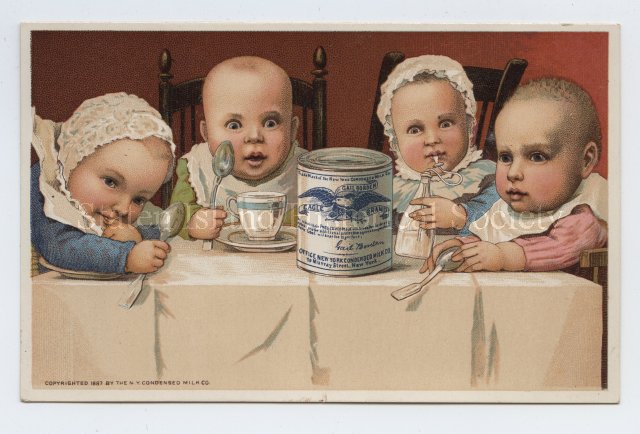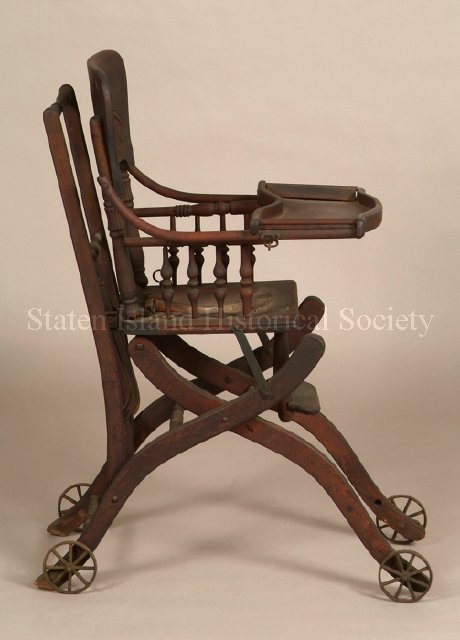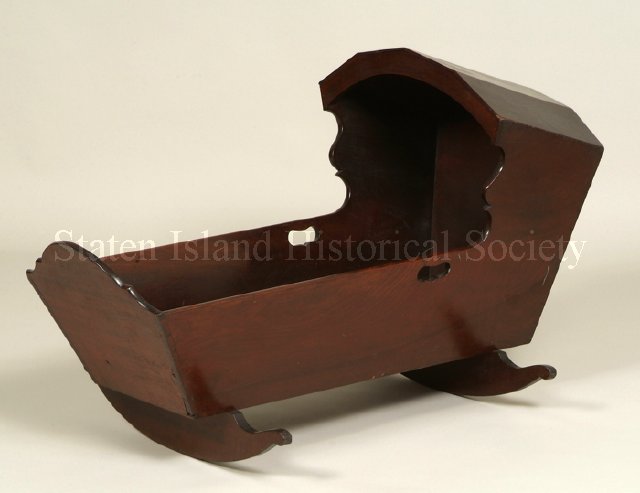BRINGING UP BABY



Bringing Up Baby features highlights of Historic Richmond Town's furniture collection, presenting new scholarship on the meaning and use of things like carriages, cradles, and potty chairs.
Imagine bringing up baby without running water, an automatic washing machine, or, dismay -- no disposable diapers! Our ancestors did just that. They may have even welcomed the advice from a naive (and apparently, childless) physician in Philadelphia in the 1820s to urge parents to "Begin potty training at one month of age."
Many of these objects are world class 19th century artifacts.
But, our parents' great-great-grandparents were not without the same kinds of concerns we have for our children today. They worried about their safety, what they ate, how they behaved and, yes, if they washed behind their ears. Objects of childhood tell a great deal about family life.
More than 30 historic furnishings are displayed including highchairs, cradles, and baby carriages, along with other childhood artifacts and photographs. Today's parents get a unique opportunity to look at the family life of their ancestors with this exhibit. Many of these objects are world class 19th century artifacts.
See how furniture changed as childrearing practices and parental aspirations evolved through the centuries. The solid sides and paneled hood of a cradle from 1780-1820 reflect parents' concern with shielding their infants from drafts and protecting their eyes from light. As ventilation emerged as a greater concern, cradles made later in the 19th century were given slatted or spindled sides. By the end of the 19th century, fears that the rocking motion was harmful to infants rendered cradles nearly obsolete.
A ladderback highchair made 1780-1820 is essentially a child-sized version of an adult chair, but with long legs so its tiny user could reach the table. Its tall stiles angle inward for increased stability. In contrast, an innovative convertible highchair made 1876-1890 is specialized and complex, intended to safely contain and entertain the child. A patented mechanism allows it to convert to a rocking chair or a stroller.
Seen together, the display of children's furniture has visual impact that comes from the petite scale of the objects and also from the legacies of the original owners.
